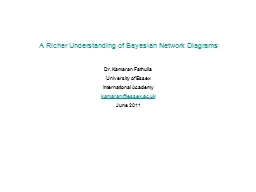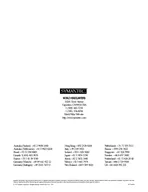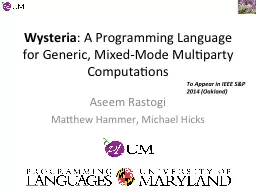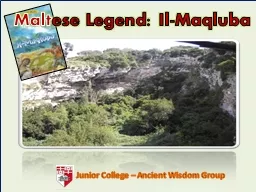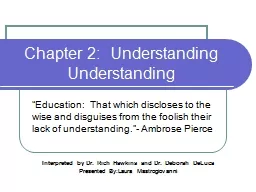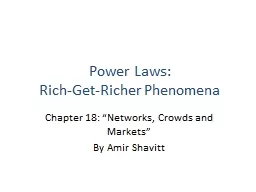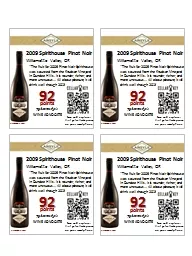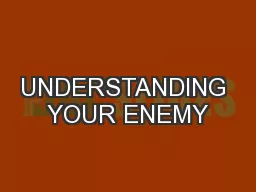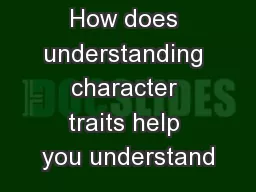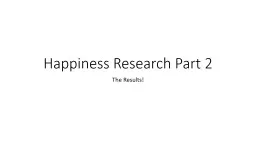PPT-A Richer Understanding
Author : popsmolecules | Published Date : 2020-06-29
of Bayesian Network Diagrams Dr Kamaran Fathulla University of Essex International Academy kamaranessexacuk June 2011 Clay Tablet map from GaSur Kirkuk 2500 BC
Presentation Embed Code
Download Presentation
Download Presentation The PPT/PDF document "A Richer Understanding" is the property of its rightful owner. Permission is granted to download and print the materials on this website for personal, non-commercial use only, and to display it on your personal computer provided you do not modify the materials and that you retain all copyright notices contained in the materials. By downloading content from our website, you accept the terms of this agreement.
A Richer Understanding: Transcript
Download Rules Of Document
"A Richer Understanding"The content belongs to its owner. You may download and print it for personal use, without modification, and keep all copyright notices. By downloading, you agree to these terms.
Related Documents

